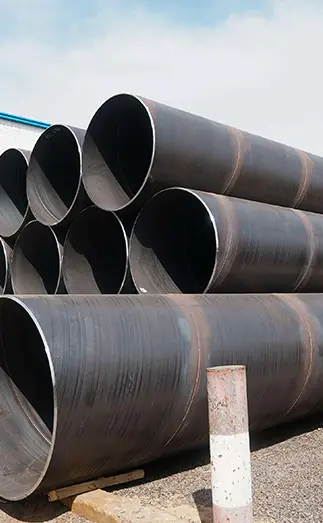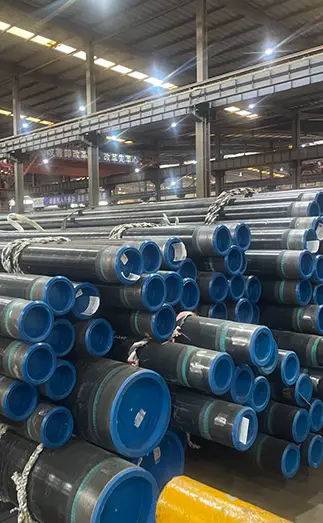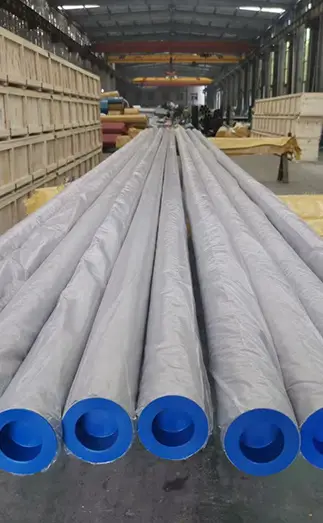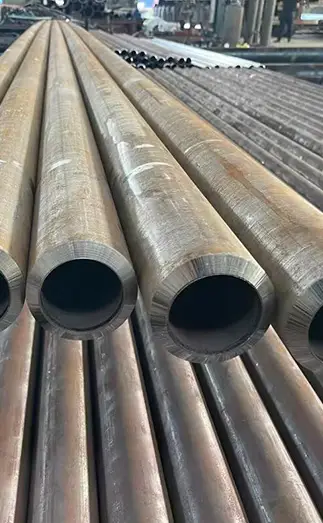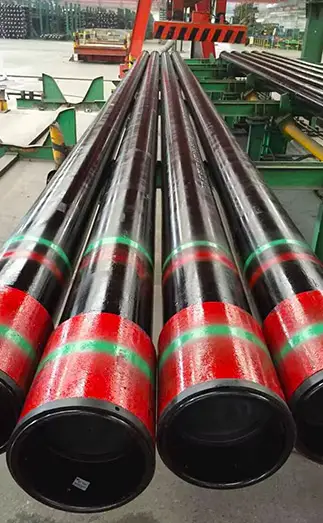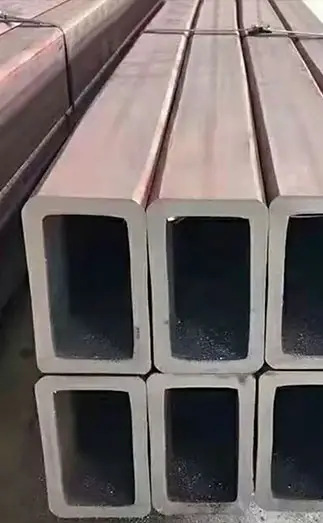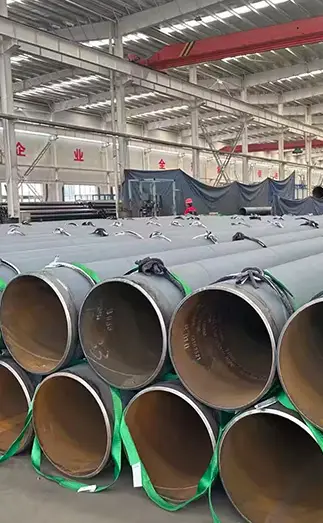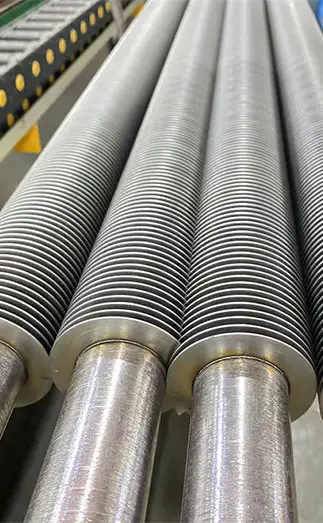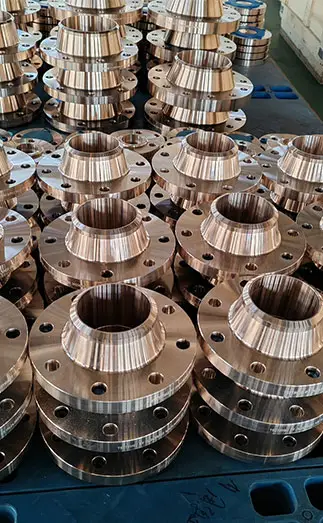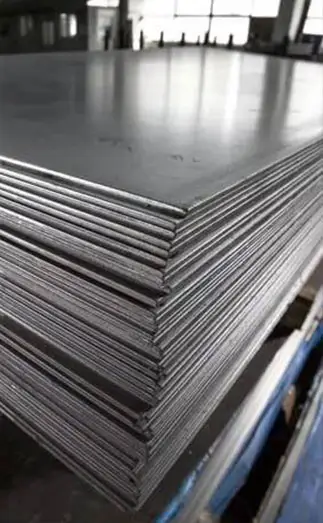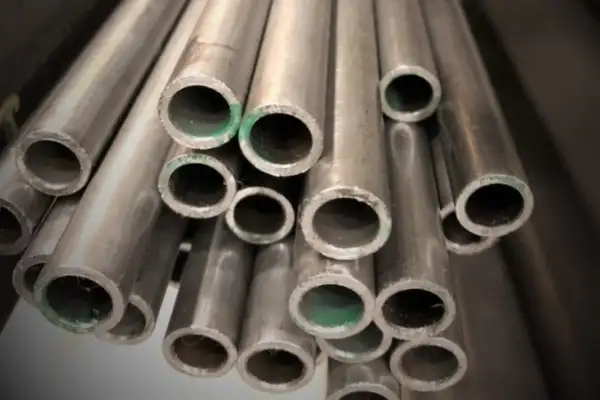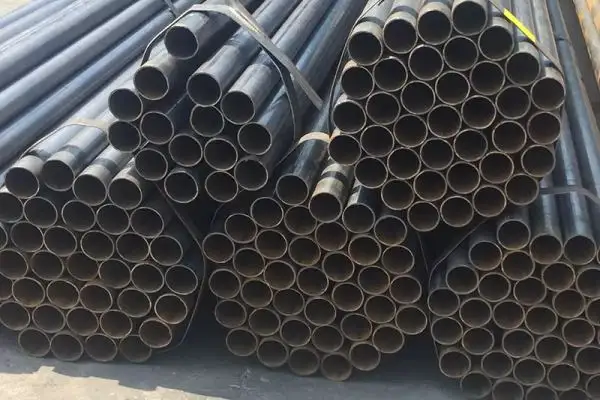ASTM A240 304 and 304L stainless steel plate, commonly known as the standard 18-8 alloy, contains approximately 18% chromium and 8% nickel. Recognized for its versatility, Grade 304 offers outstanding forming and welding properties, making it a preferred choice for stainless steel fabrications. Both 304 and 304L are widely used across industries, with 304 plates easily brake-formed into various components for industrial, architectural, and transportation applications. Below is an overview of ASTM A240 304 and 304L stainless steel plate.
Super Steel Manufacturing Co.,Ltd is professional steel plate manufacturer, for more details, please contact:sales@super-steels.com
ASTM A240 304 304L Stainless Steel Plate Chemical Compostion and Properties
|
|
C
|
Mn
|
Si
|
P
|
S
|
Cr
|
Ni
|
N
|
|
304
|
0.07max
|
2.0max
|
0.75max
|
0.045max
|
0.03max
|
min: 18.0 max: 20.0
|
min: 8.0 max: 10.5
|
—
|
|
304L
|
0.03max
|
2.0max
|
0.75max
|
0.045max
|
0.03max
|
min: 18.0 max: 20.0
|
min: 8.0 max: 12.0
|
0.10 max
|
|
304H
|
min: 18.0 max:20.0
|
min: 8.0 max: 10.5
|
min: 0.04 max:0.10
|
0.75 max
|
2.0 max
|
0.045 max
|
0.03 max
|
0.10 max
|
ASTM A240 304 304L Stainless Steel Plate Mechanical and Physical Properties
|
Grade
|
Tensile Strength (MPa) min
|
Yield Strength 0.2% Proof (MPa) min
|
Elongation (% in 50mm) min
|
Hardness
|
|
Rockwell B (HR B) max
|
Brinell (HB) max
|
|
304
|
515
|
205
|
40
|
92
|
201
|
|
304L
|
485
|
170
|
40
|
92
|
201
|
|
304H
|
515
|
205
|
40
|
92
|
201
|
|
304H also has a requirement for a grain size of ASTM No 7 or coarser.
|
ASTM A240 304 304L Stainless Steel Plates Physical Properties
|
Grade
|
Density(kg/m3)
|
Elastic Modulus (GPa)
|
Mean Coefficient of Thermal Expansion (μm/m/°C)
|
Thermal Conductivity (W/m.K)
|
Specific Heat 0-100°C (J/kg.K)
|
Electrical Resistivity (nΩ.m)
|
|
0-100°C
|
0-315°C
|
0-538°C
|
at 100°C
|
at 500°C
|
|
304/L/H
|
8000
|
193
|
17.2
|
17.8
|
18.4
|
16.2
|
21.5
|
500
|
720
|
ASTM A240 304 and 304L Stainless Steel Plate Applications & Uses
304 and 304L stainless steel plates are among the most widely used stainless materials, valued for their versatility and durability. They are extensively applied in both domestic and commercial settings, including kitchen benches, sinks, troughs, and cookware such as frying pans. Their corrosion resistance also makes them suitable for chemical storage and transport.
In the food and beverage sector, these grades are commonly used in equipment for beer brewing, wine production, and milk processing. They are also prevalent in the pharmaceutical, medical, and chemical processing industries, as well as in heat exchangers, architectural trim, and molding.
Additional applications include woven or welded screens for mining, petroleum refining, quarrying, and water filtration. The automotive and aerospace industries use them for structural components, while nuts, bolts, screws, and other fasteners are frequently made from these plates. Large-scale construction projects, along with the dyeing, textile, and paper industries, also benefit from the strength and corrosion resistance of 304 and 304L stainless steel.
Processing and Fabrication Options of ASTM A240 304 and 304L Stainless Steel Plate
Plasma cutting
Plate saw cutting
Shearing
Laser cutting
Waterjet cutting
Forming
Welding
Machining
Plate leveling
FAQs of 304 and 304L Stainless Steel Plate
1. What is the difference between 304 and 304L stainless steel plate?
The primary difference lies in carbon content. Grade 304 contains up to 0.08% carbon, while 304L has a maximum of 0.03%. Nickel content also varies slightly: 304 contains up to 10.5% nickel, whereas 304L can contain up to 12%.
2. Can 304 and 304L stainless steel plate be polished?
Yes. Both grades can be polished to a wide range of finishes.
3. Can 304 and 304L stainless steel plate be heat treated for added strength?
No. Heat treatment will not improve strength or durability for these grades.
4. What is their heat resistance?
Continuous use between 800–1580°F is not recommended when aqueous corrosion resistance is required. Consult a metallurgist for specific applications.
5. Can stainless steel plate meet both 304 and 304L requirements?
Yes. Dual-certified plates meeting both ASTM A240 304 and 304L specifications are available.



 English
English Español
Español Français
Français بالعربية
بالعربية